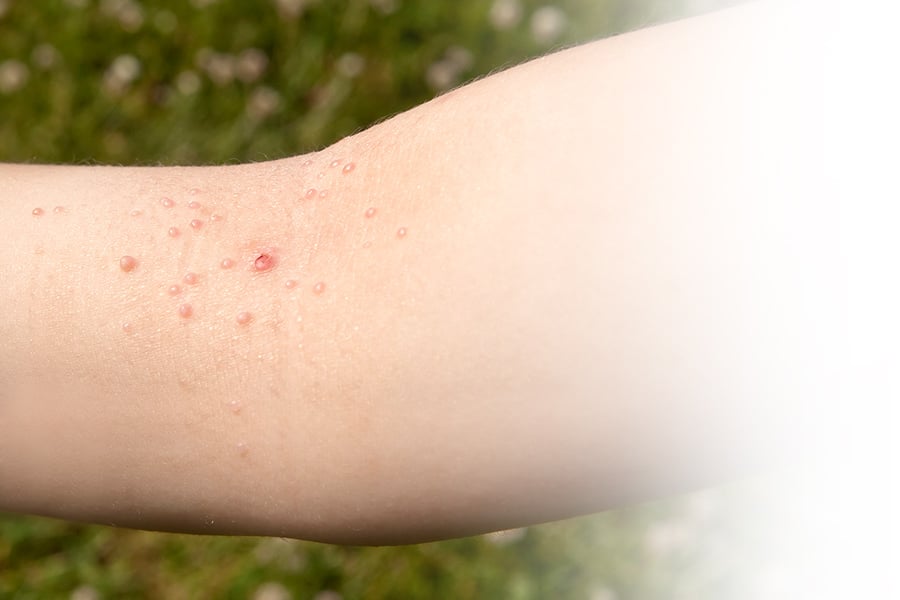
Warts are small, rough growths on the skin caused by the human papillomavirus (HPV). They can appear on different parts of the body, most commonly on the hands, feet, and fingers. While warts are usually harmless, they can be unsightly, uncomfortable, or even painful when located in sensitive areas or subjected to pressure. Warts are contagious and can spread through skin-to-skin contact or indirectly through shared surfaces, such as towels or showers. Understanding what causes warts is the first step toward finding a safe and effective treatment method.
Why Salicylic Acid is a Popular Choice:
How does salicylic acid help remove warts (كيف يساعد حمض الساليسيليك في إزالة الثآليل), salicylic acid stands out as a widely trusted option for wart removal. This beta hydroxy acid works by gently exfoliating the skin and breaking down the keratin — the protein that makes up both the wart and the thick layer of dead skin over it. Salicylic acid softens the tissue, making it easier to gradually remove the wart over time. It’s a non-invasive and simple approach that fits seamlessly into daily routines, making it one of the most convenient treatments available for home use.
How Salicylic Acid Works:
Salicylic acid targets the wart at its core by penetrating the layers of thickened skin. As the acid dissolves the keratin, the wart gradually peels away layer by layer. This method requires patience and consistency, often taking several weeks to achieve complete removal. However, its effectiveness lies in its gradual action, which reduces the chance of scarring and promotes natural skin healing. With continued application, the acid not only removes the wart but also helps expose the infected cells to the body’s immune system, assisting in fighting the virus from within.
Steps to Apply Salicylic Acid Safely:
Using salicylic acid is a simple process, but correct application is key to achieving results. Begin by soaking the wart in warm water for about 10 to 15 minutes. This softens the skin and allows the acid to penetrate more deeply. After drying the area thoroughly, gently file down the surface of the wart using a pumice stone or emery board to remove dead skin. Apply the salicylic acid as directed — either as a liquid, gel, or patch — and cover it with a bandage if needed. Repeat this process daily, being careful to avoid contact with surrounding healthy skin.
What to Expect During the Treatment:
Wart removal with salicylic acid requires patience and regular attention. In the first few days, users may notice the wart beginning to turn white or soften. Over time, parts of the wart may peel away or become discolored as the tissue breaks down. It is important not to pick at the wart, as this can cause irritation or spread the virus to nearby skin. In some cases, mild redness or a stinging sensation may occur, which is a normal part of the healing process. Sticking to the treatment consistently, even if progress seems slow, is essential for full effectiveness.
Benefits of Using Salicylic Acid:
One of the main advantages of using salicylic acid is its accessibility and ease of use. It can be applied at home, requiring no specialized equipment. The treatment is generally well-tolerated by most skin types, especially when used as directed. Salicylic acid also supports the skin’s natural exfoliation process, encouraging healthy cell turnover. Because it works gradually, it minimizes the chance of leaving scars or causing significant irritation. Its ability to slowly expose the virus to the body’s immune defenses adds another layer of effectiveness to the treatment.
Tips for Preventing Future Warts:
Once a wart has been successfully treated, it’s important to take steps to prevent recurrence. Warts are caused by a virus, which means they can return if precautions aren’t taken. Always keep your skin clean and dry, and avoid walking barefoot in public areas like locker rooms or swimming pools. Don’t share personal items such as towels, socks, or shoes, especially if someone else has warts. Boosting your immune system through healthy habits, such as proper nutrition, regular exercise, and adequate sleep, can also help your body resist viral infections that cause warts.
When to Seek Professional Help:
While salicylic acid is effective for many types of warts, it’s not always the right solution for everyone. In some cases, warts may not respond to over-the-counter treatments, or they may become painful, infected, or unusually large. If you experience excessive pain, swelling, or signs of infection, it is important to seek professional advice. Additionally, if warts appear in sensitive areas, such as around the eyes or genital area, it’s best to consult a healthcare provider to determine the safest and most effective treatment.
Conclusion:
Salicylic acid offers a simple, safe, and effective way to treat warts at home. By understanding how the acid works and following the correct application methods, you can gradually remove warts while minimizing the risk of side effects. Its gentle yet powerful action, along with the added benefits of being easy to use, makes salicylic acid a go-to treatment for many dealing with warts. Although patience is required, this method remains one of the most widely recommended solutions for wart removal, with few risks and the potential for lasting results. Always remember to practice good hygiene and take preventative measures to avoid the spread of warts in the future.